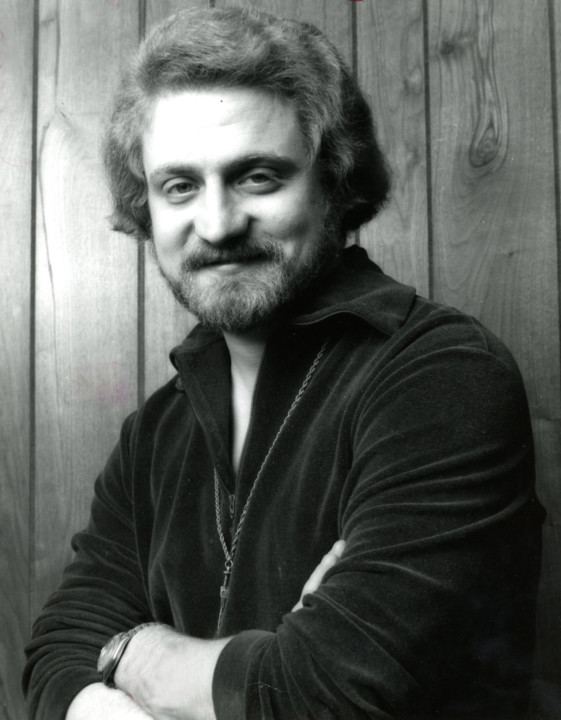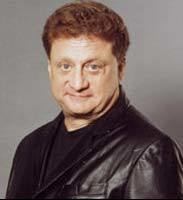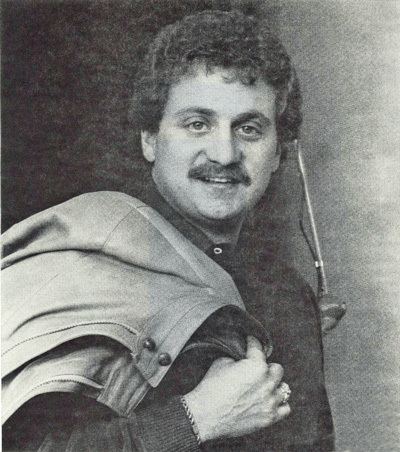Resting place Dublin, Ireland Name John Lanigan Religion Roman Catholic | Known for Irish Church historian Occupation Catholic Priest Role Radio personality | |
 | ||
Born 1758 Cashel, County Tipperary, Ireland Died 8 July 1825
Finglas, Dublin, Ireland | ||
John lanigan interviewed by fellow morning radio show host brian fowler of 99 5 wgar
John Lanigan (1758 – 8 July 1825) was an Irish Church historian.
Contents
- John lanigan interviewed by fellow morning radio show host brian fowler of 99 5 wgar
- Life
- Works
- References

Life

Born in Cashel, County Tipperary, Ireland, he was one of the Ui Langachain of Hy Coonagh, near the Crotta Cliach, and the eldest son of Thomas Lanigan, a schoolmaster, and his wife, Mary Anne Dorkan. He received his early training from his father and in a private Protestant Classical school at Cashel, similar Catholic schools being forbidden in Ireland at that time by law.

In 1776 he went to the Irish College at Rome to study for the priesthood, and after a rapid course was ordained. By the advice of Pietro Tamburini, he left Rome and accepted the chair of ecclesiastical history and Hebrew in the University of Padua. In 1786 he refused to take part in the famous diocesan Synod of Pistoia, though offered the position of theologian to the synod.

In 1793 he published his Institutionum biblicarum pars prima (Pavia), a learned work concerning the history of the books of the Old and New Testaments; the two other parts which he had planned were not written. On 28 June 1794, he received the degree of Doctor of Divinity from his university.

On the Napoleonic invasion two years later he returned to Ireland, arriving at Cork destitute. His application to Francis Moylan, Bishop of Cork, for pecuniary assistance was unheeded, probably because the bishop suspected him of Jansenism owing to his association with Tamburini and the Pavian clergy. A similar result following his efforts to be accepted in his native archdiocese, he wandered on to Dublin, where he was taken in as an assistant priest by the vicar-general, Father Hamil, a fellow student of his Roman days. Soon afterwards he was appointed professor of Scripture and Hebrew in Maynooth College on the recommendation of the Archbishops of Armagh and Dublin. Dr. Moylan, however, raised difficulties; he proposed that Lanigan should first sign a formula used to test the Catholicity of the numerous French clergy who were taking refuge in Ireland at that time. Lanigan, seeing no justification for this proposal, refused and resigned.
On 2 May 1799, Lanigan accepted a position as assistant librarian and foreign correspondent of the Royal Dublin Society, and began to work on his Ecclesiastical History of Ireland from the first introduction of Christianity among the Irish to the beginning of the thirteenth century, which was not, however, published till 1822 (4 vols., 8vo, Dublin). This work corrected inaccuracies of Mervyn Archdall, Edward Ledwich, Giraldus Cambrensis, and other writers on Irish church history. In it Lanigan supports the theory of the pagan origin of the Irish round towers.
In 1808 he assisted Edward O'Reilly, William Halliday, and Father Paul O'Brien in founding the Gaelic Society of Dublin, the initial effort to save the Irish language. He wrote frequently to the Press in favour of religious equality for Catholics, and fought vigorously against the proposed Royal Veto in connection with Irish episcopal elections.
In 1813 his health began to fail, and he returned to his home at Cashel; he recovered sufficiently to resume his duties in Dublin, but eventually had to enter a sanatorium at Finglas, Dublin, where he died. His grave in the neighbouring country churchyard is marked by a cross, bearing an Irish and a Latin inscription, erected in 1861 by his literary admirers.
Works
Besides his writings mentioned above, there are:
He prepared for publication the first edition of the Breviary printed in Ireland, and edited Alban Butler's Meditations and Discourses (which appeared in 1845).
